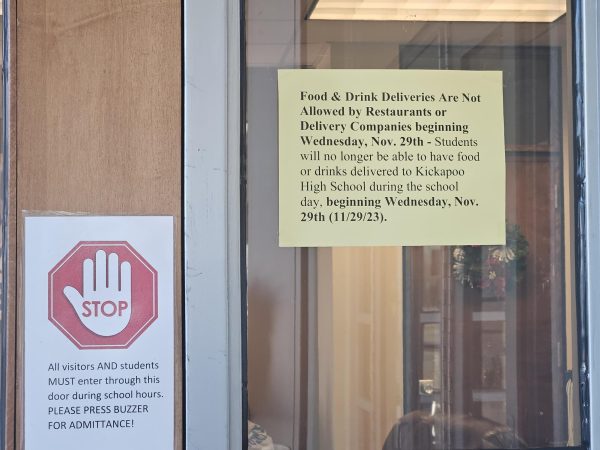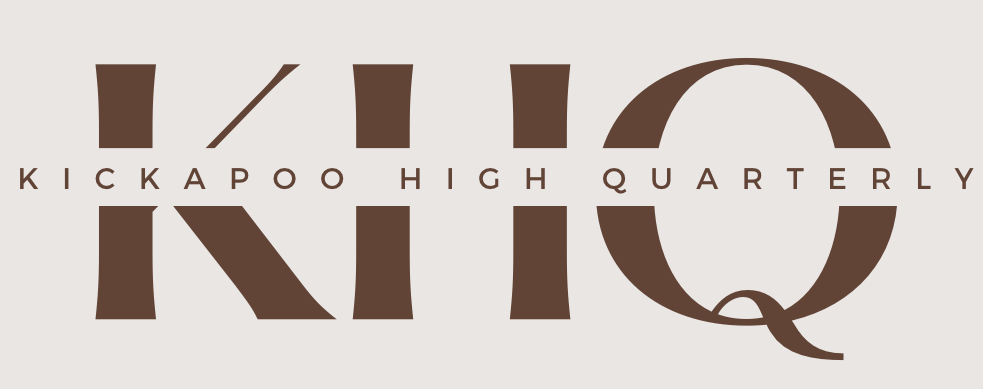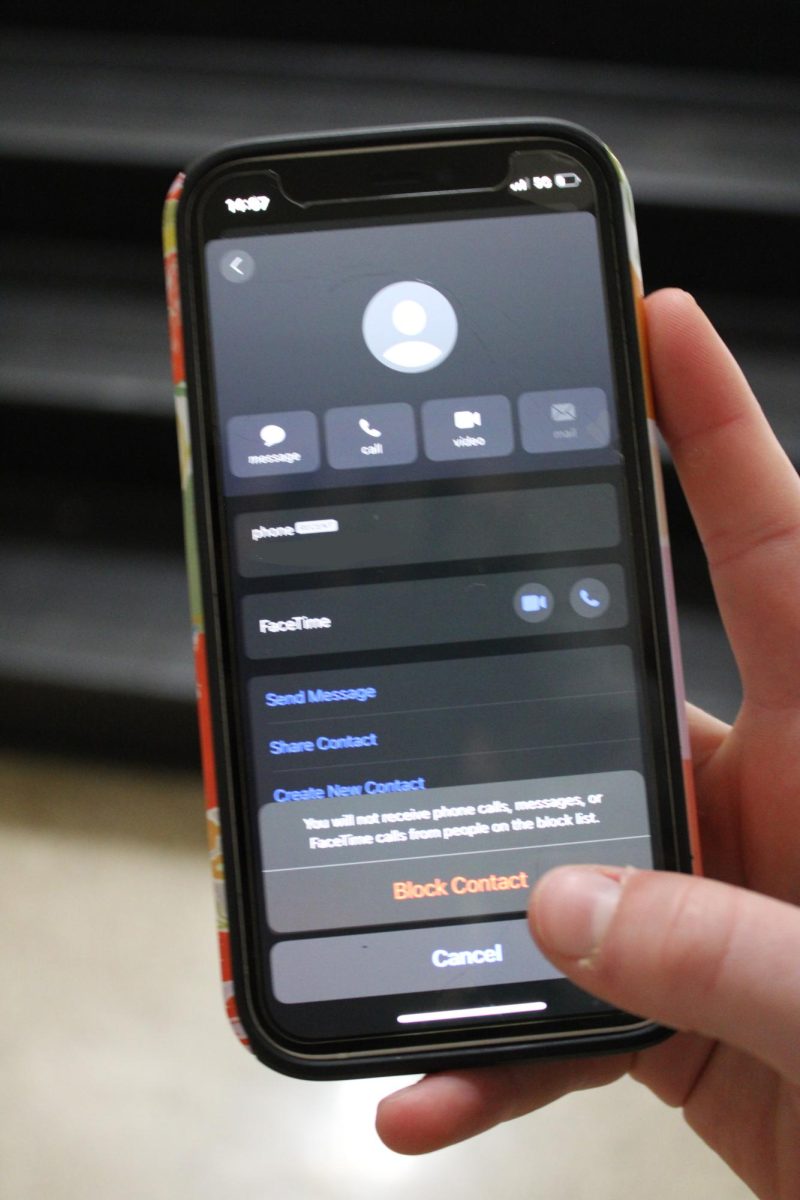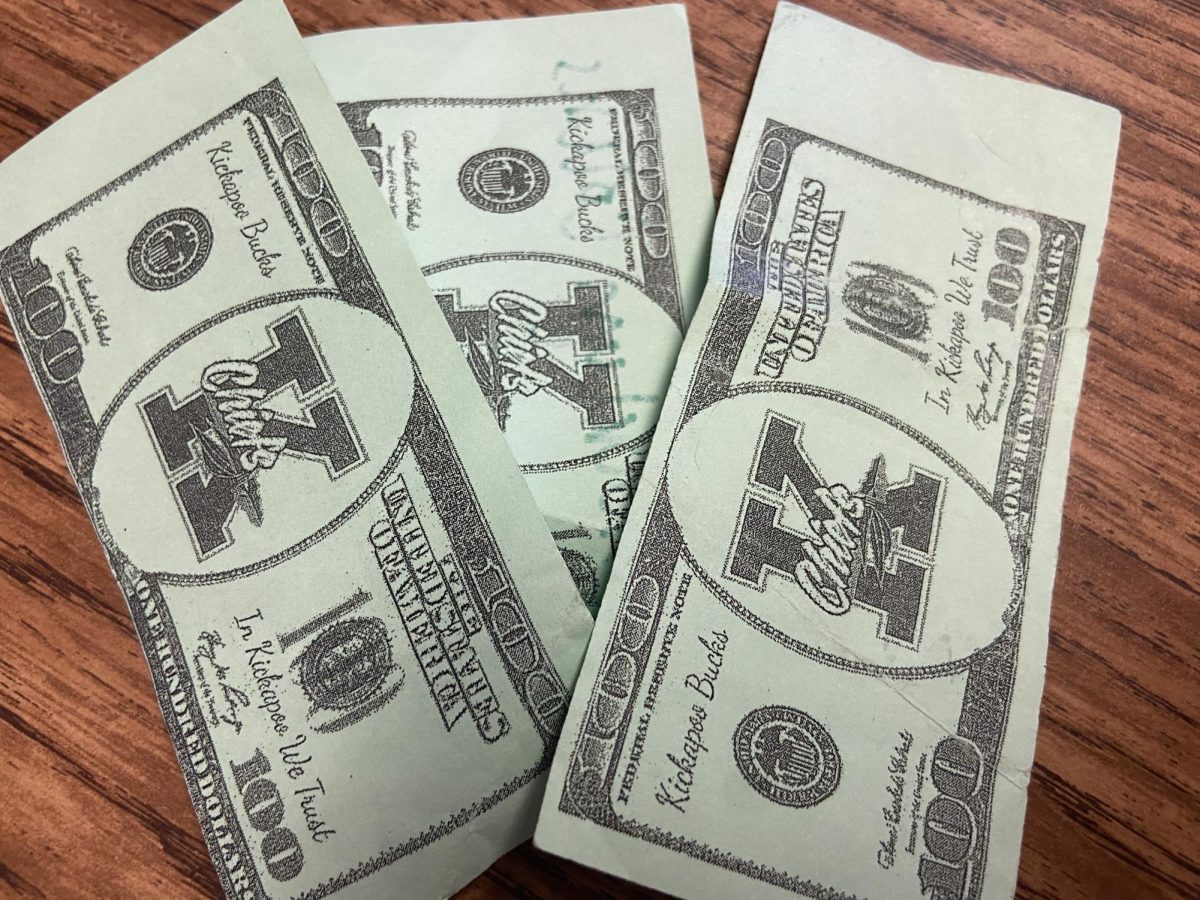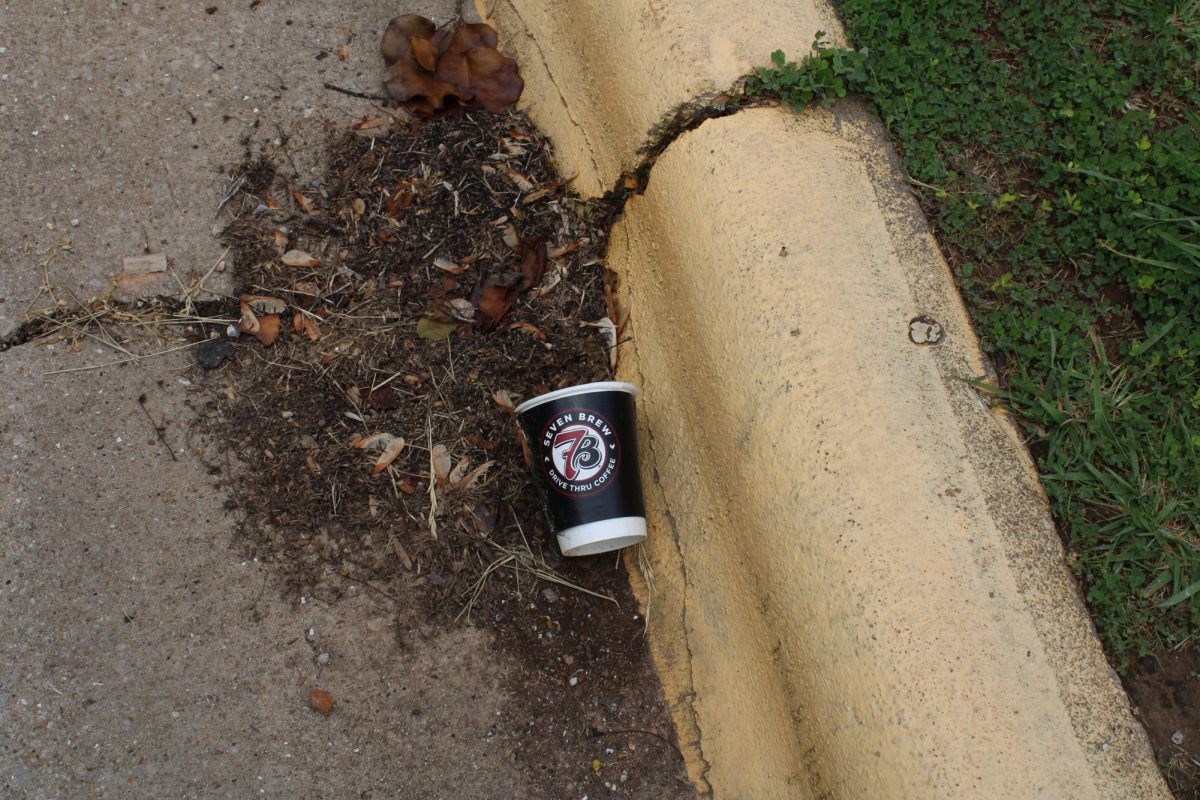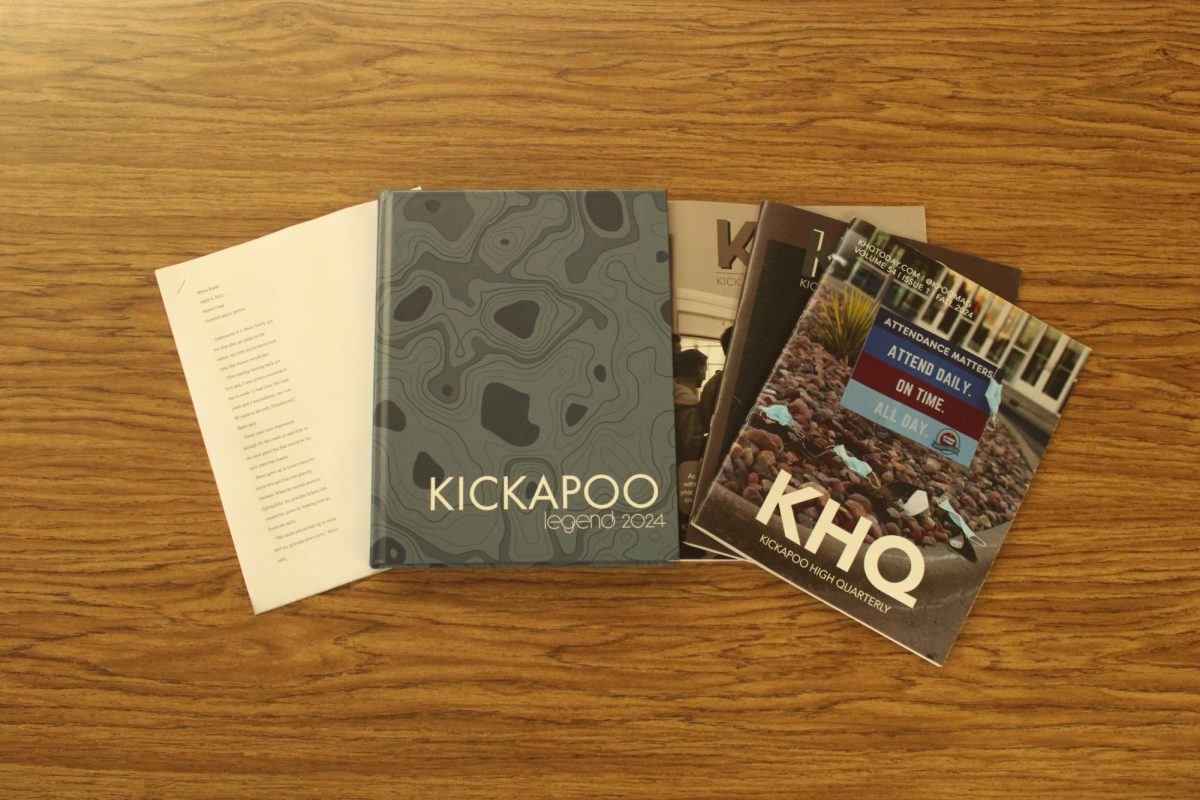There’s been a lot of talk surrounding the recent food order ban from our faculty. However, what does the school body have to say about it when they’re the ones being affected?
First, we need to find out the true reason for this ban.
According to the official Springfield Public Schools (SPS) website, having any sort of food or drink item delivered to the school through a service will no longer be accepted by the main office as it is a safety concern. The announcement from earlier this month frustrated a lot of students. Others are upset as well, but understand why this rule is being enforced.
One of those people is freshman Noelle Coombs.
“It can be safer for people, but it’s not fair to other people with allergies to the food,” Coombs said.
However, some students are more outward about their disagreement with this ban. Students are reasonably upset that they can no longer have food delivered, especially when some upperclassmen have been doing this since they started their freshman year. Sophomore Ajea Sheppard is a student who used to order food before it was taken away.
“It makes no sense. I don’t understand the point of it. I understand they say it’s for safety, but I don’t understand when there’s really no way they can get into the school,” Sheppard said.
Overall, students seem pretty confused about the ban. Senior Salem Tindall, shares the same sentiment to Sheppard.
“I think it’s kind of dumb. Food is left at the outside desks with names on them. It puts us in no danger,” Tindall said.
I was on the side of a lot of students when I first heard the announcement.
As someone who used to order food occasionally, I was outraged by the ban as I found it very restricting. I am a student, like many students here who doesn’t have time in the mornings or at night to pack a good lunch. But all of this changed when I learned the safety concerns that food deliveries in schools presented.
Dr. William Powers has commented on the situation from a faculty view point.
“It was astounding how many delivery people showed up. There have been a couple of times where they actually got in the doors and inside the building. Really, truly, it’s a safety issue,” Powers said.
This doesn’t mean the end for food deliveries entirely, however.
“Parents are still welcome to bring things. When they come in, they have to buzz into the building. The secretaries know a lot of the parents, but then some will have to say they’re so and so’s mom or dad,” Powers said.
This decision was coming soon, since faculty had been discussing this since last year. We are the last school in the SPS district to enforce this food delivery ban. Having no more food delivery definitely inconveniences a lot of people
I personally see it both ways, but I agree that it can be a major issue for students and faculty alike. It is very disappointing to learn that we can no longer order food ourselves, but it’s for the best. Besides, we still have other options to get food delivered.
Our safety as students is at risk when strangers enter our building and the staff has to keep up with everyone who comes into the school. In any case, having a parent buy it and pick it up for you is way cheaper than a delivery service.
